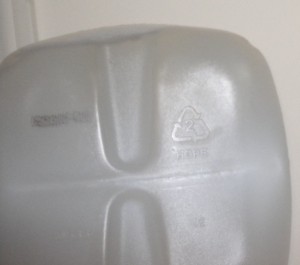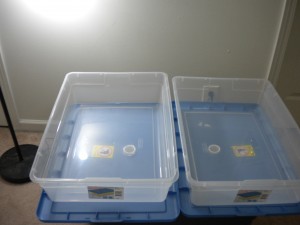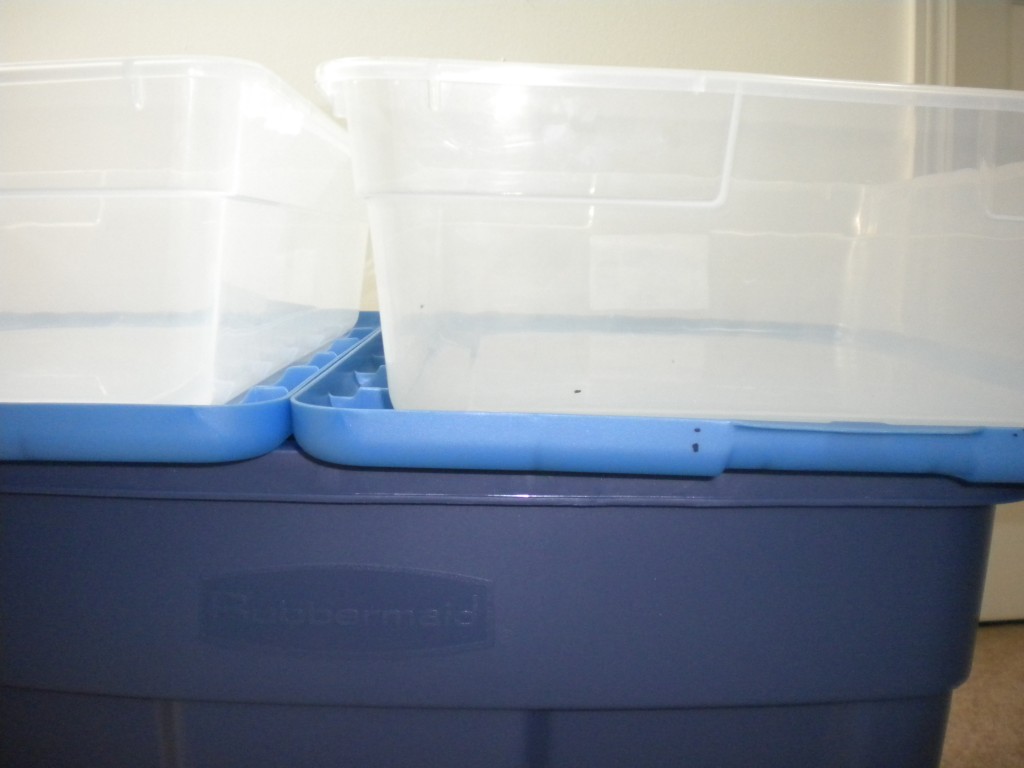
Electronic timers have a variety of uses in the grow room. I use relatively cheap timers from a department store, but the turnover rate is rather high. If you plan on leaving your system running for a few days without checking it, you may want to invest in the high end timers to ensure they will not die or malfunction on you. The cheap timers come with a battery backup so the time is not lost in case there is a power outage. That does not mean that the device plugged in to the timer will still run at its designated time. There will not be enough power for that. All the battery does is ensure the device plugged into the timer still comes on at the right time given the power comes back on.
SAFETY TIP: Keep electronic components, surge protectors, timers, extension cords, and all devices with a plug off the ground of the grow space. Hang them high on the wall where they will not possibly be sprayed. Also make sure they are not in the path of ANY potential flood. You can also make a waterproof box for your electronic components. DO NOT OVERLOOK THIS STEP!! IT COULD SAVE YOUR LIFE AND YOUR HOUSE!
Digital Timers are useful for things like air circulation, water pumps, and sometimes air pumps if you need your aeration cycled. If you are trying to manually control temperature and wind a timer will come in handy. It will allow to set precise on/off timings for your fans. Make sure to check the timer you buy to make sure it has what you need. Some do not have the 3 prong connection and can only use smaller 2 prong cords.
SAFETY TIP: I know what you are thinking, “I’ll just get a plug converter to make the larger size fit.” DO NOT OVERLOAD SURGE PROTECTORS, TIMERS, OR OUTLETS. Do not attempt to give a circuit something it is not rated for. Using the right size electrical components is a good and SAFE habit to get into from the start. Losing your house to an electrical fire while you were gone is not worth saving a few dollars on a timer or extension cord.
Most people will use digital timers to control their water pump. The timer will tell the pump when to run so you can control your watering and feeding schedule without being there. You can set any type of schedule you want with timers. You will have full control without ever being present. Many cloning systems need timers to have a mister or fogger automatically raise the humidity every day. Digital timers can also be used for lighting systems to precisely control the light cycles.
 Analog timers can be used when you need many intervals of on/off cycles. Things like aeroponic and bubbleponic cloners might use something like this. These timers also work fine for lighting systems. Just push down the pins or put the on/off pins on the times you need. Pay attention to the timers clock and the order of times. Not all analog timers have the times in the order they would happen.
Analog timers can be used when you need many intervals of on/off cycles. Things like aeroponic and bubbleponic cloners might use something like this. These timers also work fine for lighting systems. Just push down the pins or put the on/off pins on the times you need. Pay attention to the timers clock and the order of times. Not all analog timers have the times in the order they would happen.






















